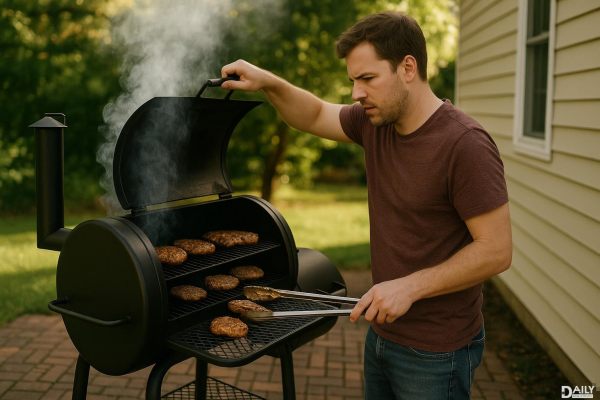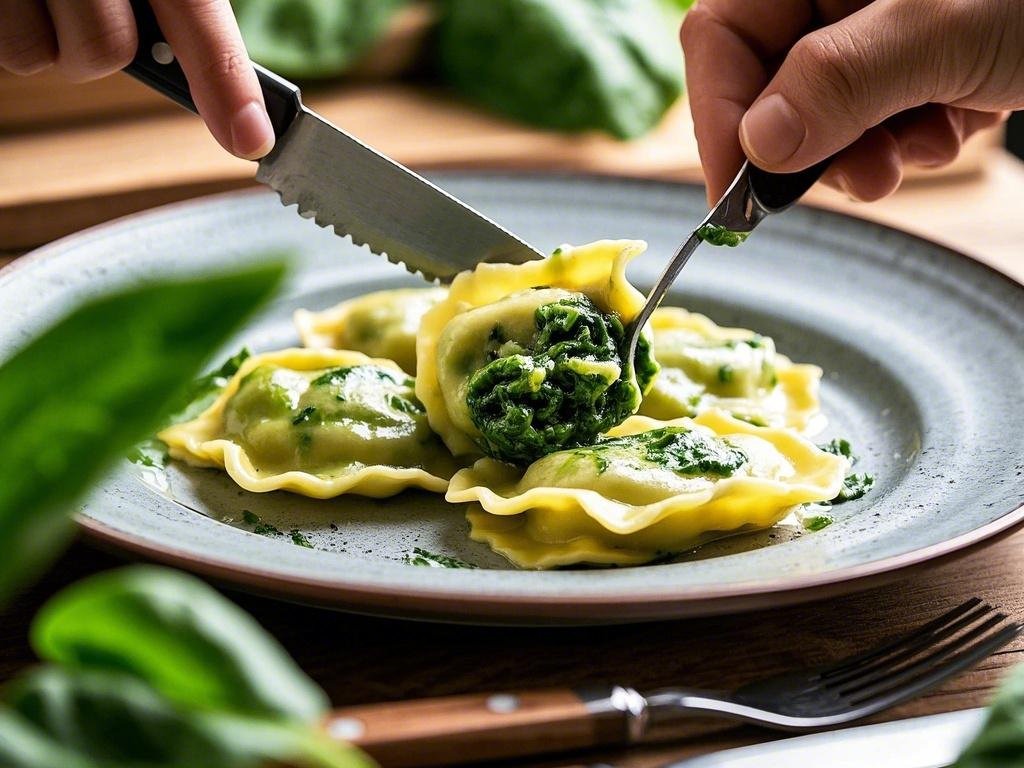If you've got an older Traeger smoker sitting in your backyard, you're holding onto a piece of barbecue history that still has plenty of life left—if you know how to work it right. These classic models might lack some of the fancy tech of newer grills, but with the right know-how, they can churn out smoky, tender meats that'll make your neighbors jealous. The secret? Understanding your grill's quirks, keeping up with maintenance, and mastering a few pro techniques that turn "good enough" into "holy smokes, that's amazing."

Older Traeger smokers operate on simple mechanics—a hopper, auger, fire pot, and controller—but their charm lies in their straightforward, no-nonsense approach to smoking. Unlike newer Wi-Fi-enabled models, these grills require a hands-on touch. Start by studying your specific model's manual (or finding it online if it's long gone). Pay attention to the temperature ranges, pellet feed rates, and any unique quirks your grill might have. Some older Traegers run hotter or cooler than the dial suggests, so invest in a reliable digital thermometer to track the actual cooking temp. And don't skip the break-in period: even if your grill isn't brand new, running it at 350°F for an hour burns off any residual oils or dust.
Your Traeger's performance hinges on the pellets you feed it. Older models can be picky—avoid cheap, dusty pellets that clog the auger or create uneven burns. Stick with premium hardwoods like hickory, mesquite, or fruitwoods, and store them in a dry place to prevent moisture absorption. Mixing pellets (like oak with cherry) can add complex flavor layers, but test blends in small batches first. Pro tip: Keep an eye on the hopper during long smokes; older Traegers sometimes struggle with pellet flow, leading to temperature dips. A quick shake of the hopper every few hours keeps things moving smoothly.
Older Traegers weren't designed with precision in mind, so temperature swings are common. Combat this by preheating for at least 15-20 minutes before cooking, and avoid opening the lid unnecessarily. If your grill runs hot, try placing a water pan on the grate to stabilize heat. For cold spots, rotate your food periodically or use a heat deflector. Upgrading to a PID controller (a modern add-on) can dramatically improve temperature consistency, but if you're sticking with the original, learn its rhythm—some units cycle between high and low temps to maintain averages.
Neglect is the fastest way to kill an older Traeger. After each use, vacuum out ash from the fire pot and burn grate to prevent airflow blockages. Monthly deep cleans should include scrubbing the grease tray, checking auger alignment, and inspecting the fire pot for rust. Replace worn gaskets around the door to maintain heat retention, and lubricate the auger motor if it starts sounding strained. Before winter storage, run the grill empty for 15 minutes to burn off residual pellets, then store it covered in a dry place. These steps might seem tedious, but they'll add years to your grill's life.
Older Traegers shine brightest with low-temperature smoking. For brisket or pork shoulder, set the grill to 225°F and let the magic happen—no peeking for at least 4 hours. Use the "smoke" setting if your model has it for extra flavor in the first hour. Wrap meats in butcher paper or foil once they hit the stall (around 160°F) to power through the temperature plateau. Remember: these grills work best when you trust the process. If you're constantly fiddling with vents or pellets, you're fighting against the Traeger's natural rhythm.
Think your old Traeger can't sear? Think again. While not designed for high-heat grilling, you can still achieve respectable crusts by cranking it to max temp (usually 450°F) and using cast iron grates or a sear plate. Reverse-sear thick steaks by smoking them at 180°F first, then finishing over high heat. For pizzas, place a stone directly on the grate and let it preheat for 30 minutes. Just watch pellet consumption—older models burn through fuel fast at high temps, so keep the hopper topped off.
If your Traeger's acting up, start with the basics: Is the power cord secure? Are pellets feeding properly? Auger jams often cause flameouts—unplug the grill and clear any obstructions with a flexible brush. Erratic temperatures might signal a failing RTD (temperature sensor), which is an easy DIY replacement. If the grill won't ignite, check the hot rod for wear and clean any ash buildup around it. Most parts for older models are still available online, and Traeger's customer service can help identify replacement components even for discontinued grills.
Your older Traeger isn't just a grill—it's a testament to the "if it ain't broke, don't fix it" philosophy of barbecue. By learning its personality, keeping it clean, and working with (not against) its limitations, you'll unlock flavors that rival any high-tech smoker on the market. So fire it up, throw on a brisket, and let that classic Traeger work its slow-and-steady magic. After all, good barbecue isn't about having the fanciest equipment—it's about knowing how to use what you've got.
























